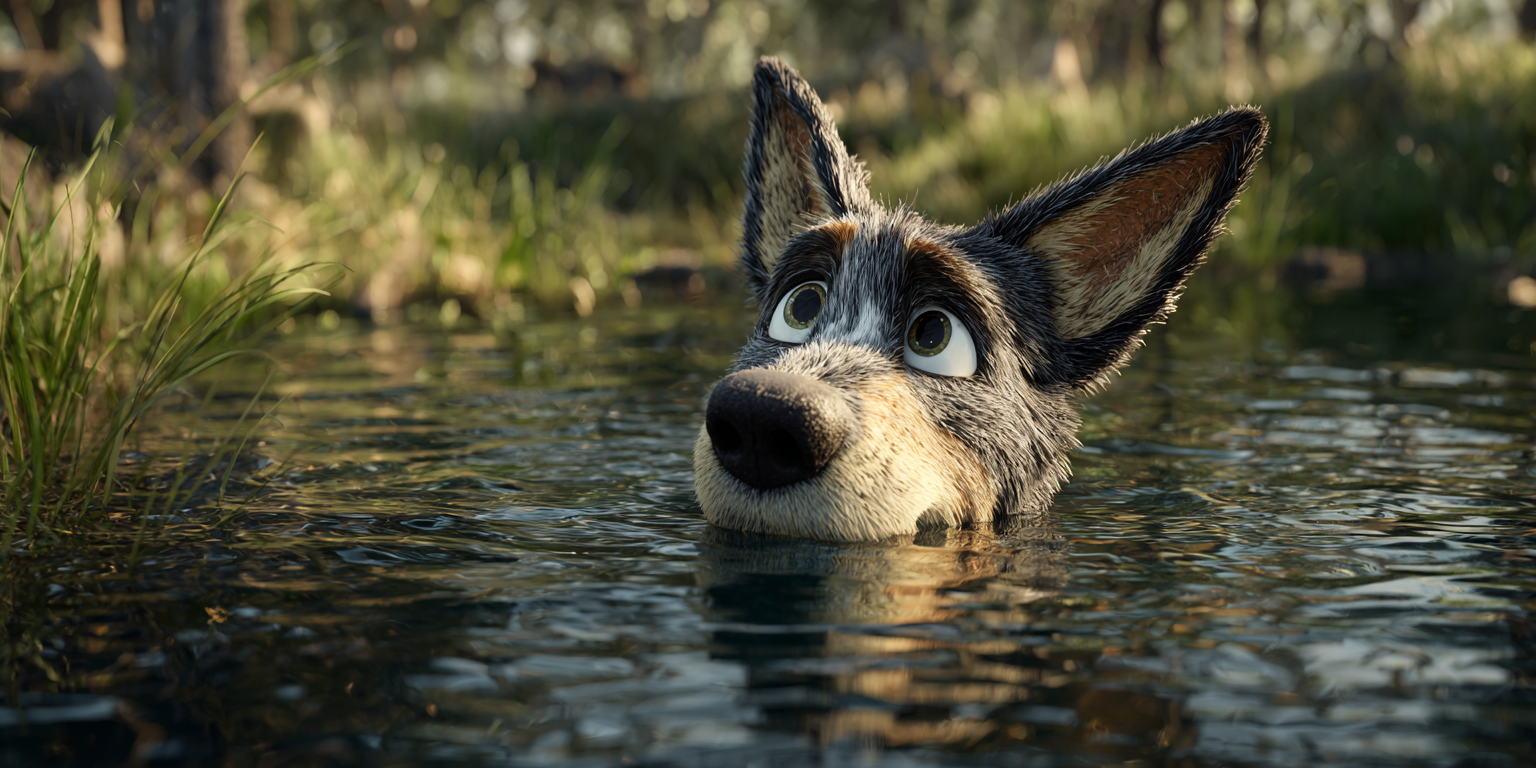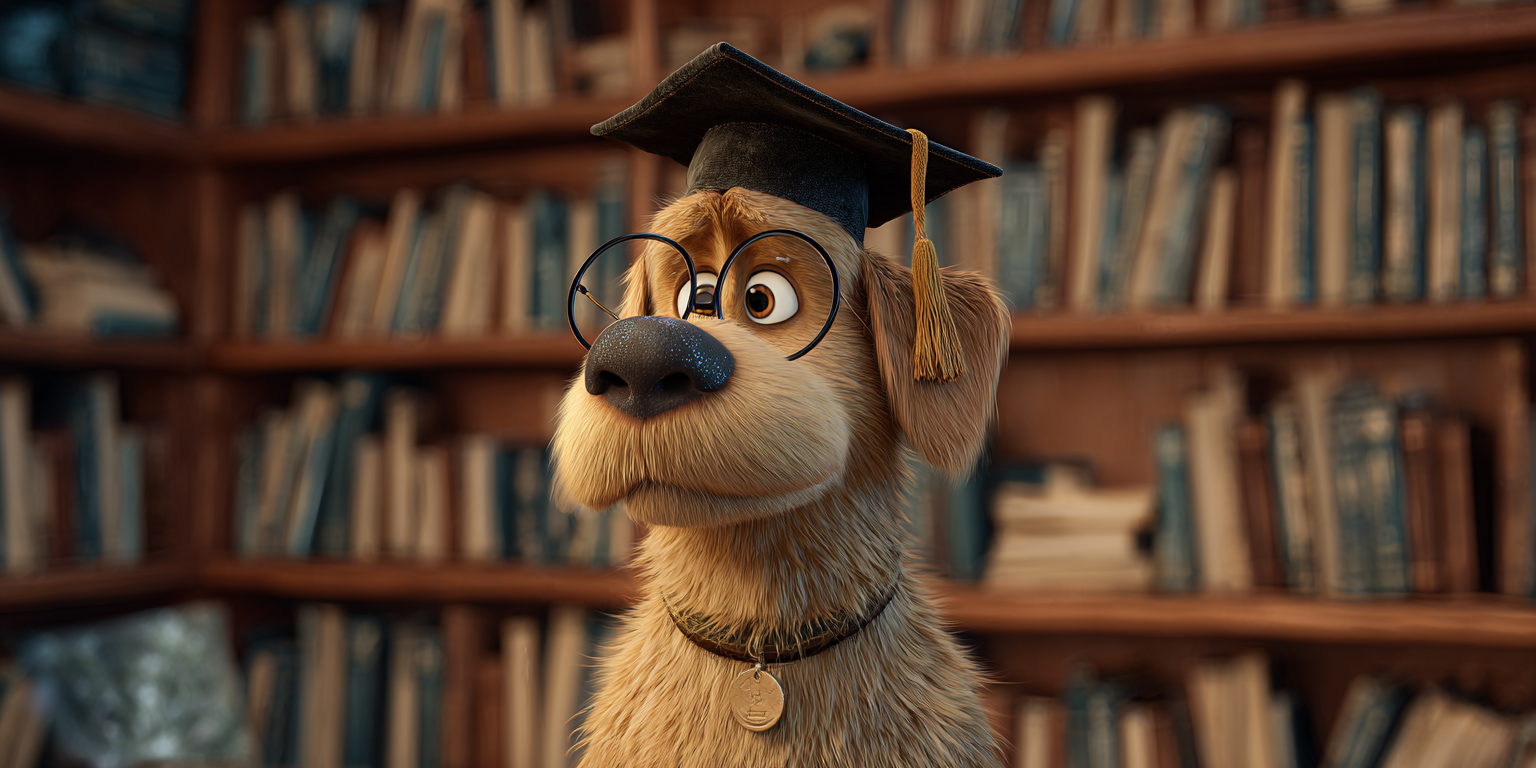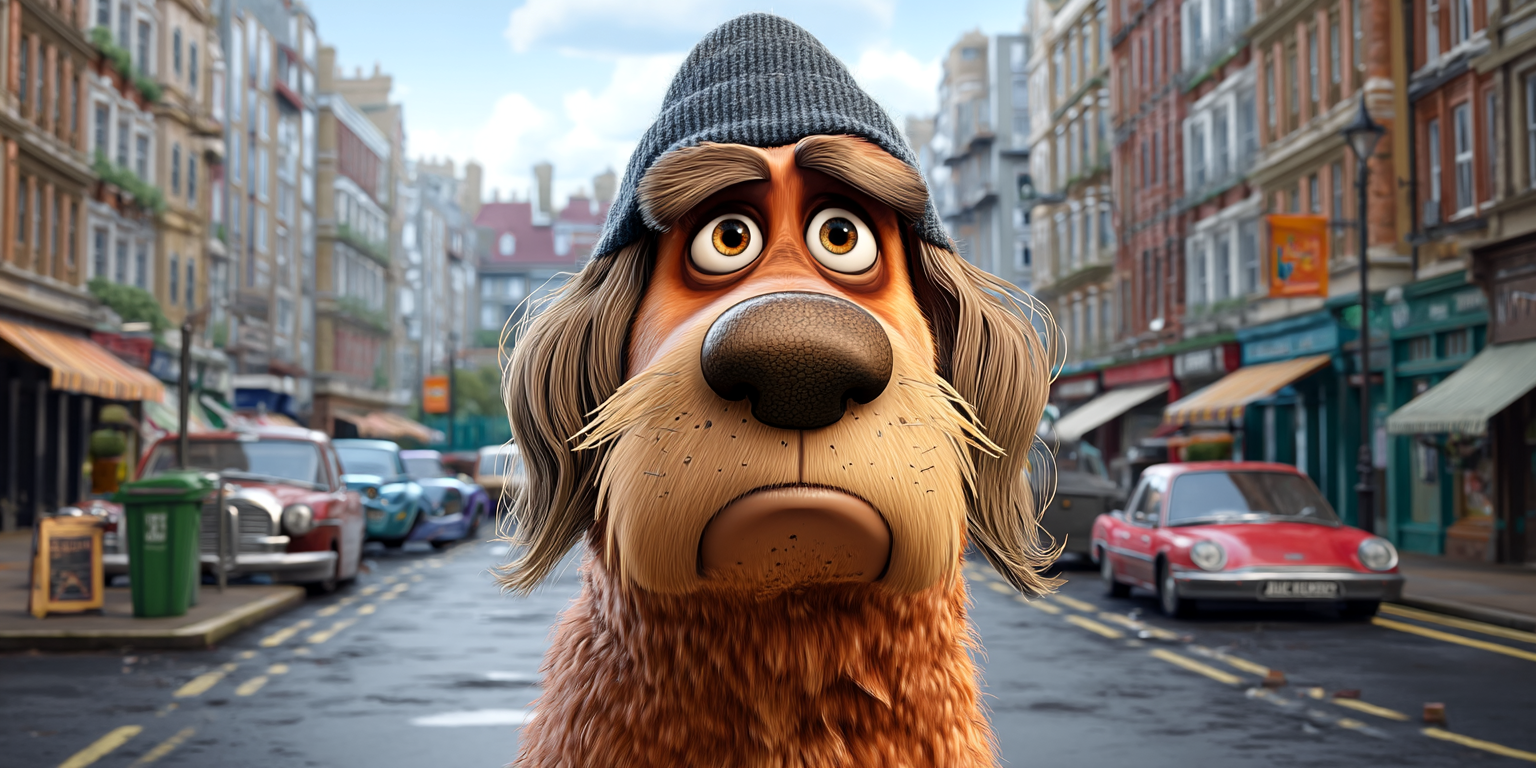How Do Dogs See
How Do Dogs See? (Better Than You in the Dark, That’s for Sure!)
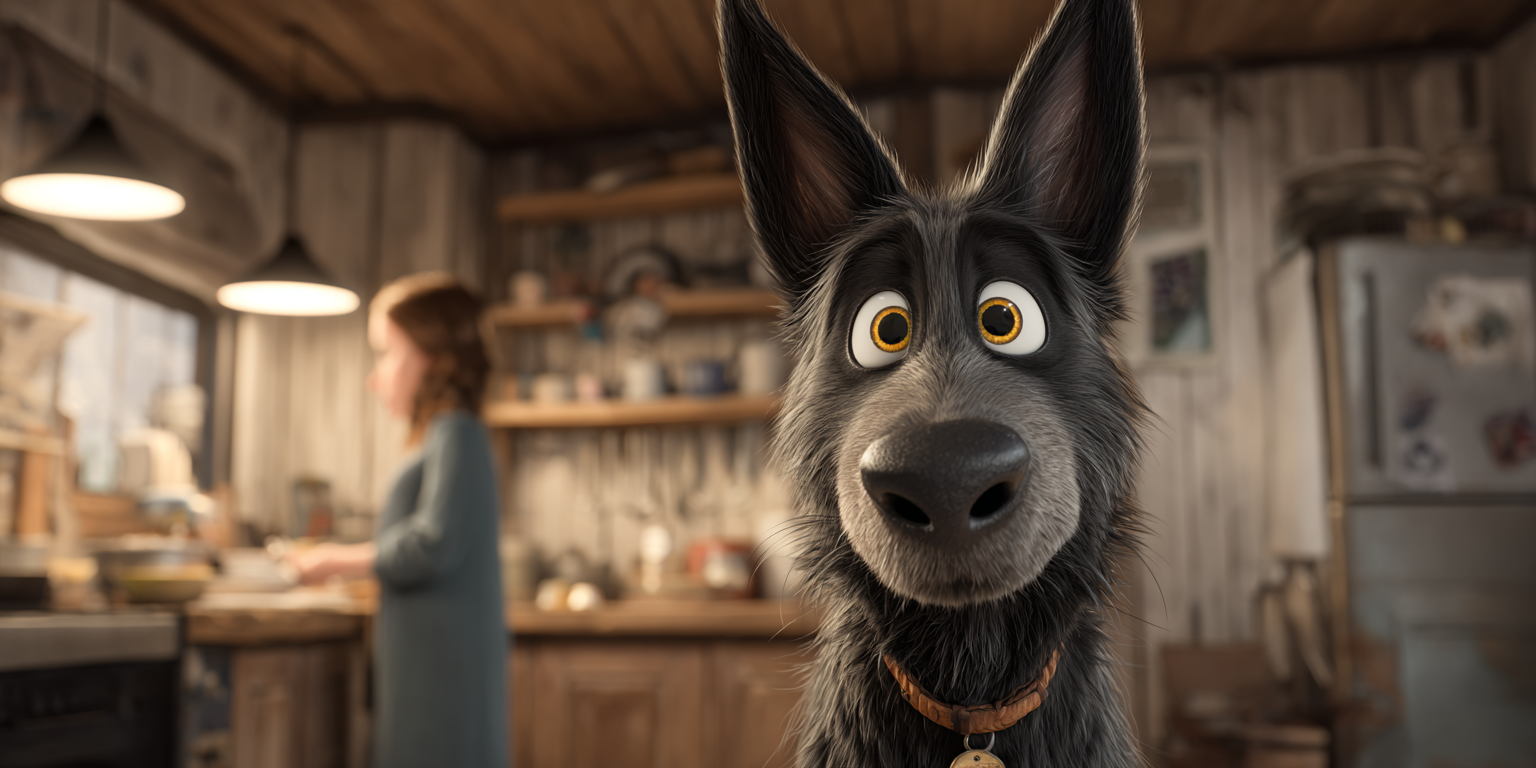
If you’ve ever wondered what the world looks like through your dog’s eyes, you’re not alone.
Dog owners often ask questions like “Are dogs colour blind?”, “Do dogs see better at night?” or “Can dogs see the TV screen?”
The way dogs see the world is fascinating—and quite different from humans.
While we humans might think we’re the superior species (don’t tell Grumpy Old Max that), dogs have some impressive visual superpowers that we lack.
Grumpy Old Max says: “Humans think they’re clever because they can read tiny text. Big deal. We can see in the dark, spot possums from 100 metres away, and smell what you had for lunch last week.”
Let’s break down how dogs see, exploring everything from colour vision to night vision, motion detection, and how their unique eyesight helps them in everyday life.
Are Dogs Colour Blind? Not Exactly!
For years, people believed dogs could only see in black and white. But science has proven this is a myth. Dogs can see colours—just not as vividly as humans.
Humans have three types of colour receptors in their eyes (called cones), allowing us to see the full rainbow of colours.
Dogs, however, have only two types of cones, which limits their colour perception.
- What colours do dogs see?
Dogs see the world mainly in shades of blue, yellow, and grey. Reds and greens don’t stand out—they might look more like brown or dark grey.
- What does this mean in real life?
That bright red toy you bought your dog? It probably looks like a dull brown blob to them. If you want toys that really pop in their vision, choose blue or yellow.
Grumpy Old Max says: “So, yeah, your fancy red ball? Might as well be a rock to me. Get me a blue one, human, and then we’ll talk.”
Dogs See Better Than Humans at Night
One area where dogs absolutely win is night vision. Dogs have more light-sensitive cells in their retinas called rods, which help them see in dim light.
They also have a reflective layer behind their retina called the tapetum lucidum. This structure acts like a mirror, bouncing light back through the retina and giving dogs a second chance to detect it.
That’s why dog eyes glow in the dark when light hits them—spooky, but also super cool.
Benefits of a dog’s night vision:
- They can spot movement in near darkness, perfect for hunting or guarding.
- They need less light to navigate at night compared to humans.
- They can detect motion up to five times better than humans in low-light situations.
Grumpy Old Max says: “Who needs a torch? Not me! While you humans trip over furniture at night, I’m busy chasing possums like a pro.”
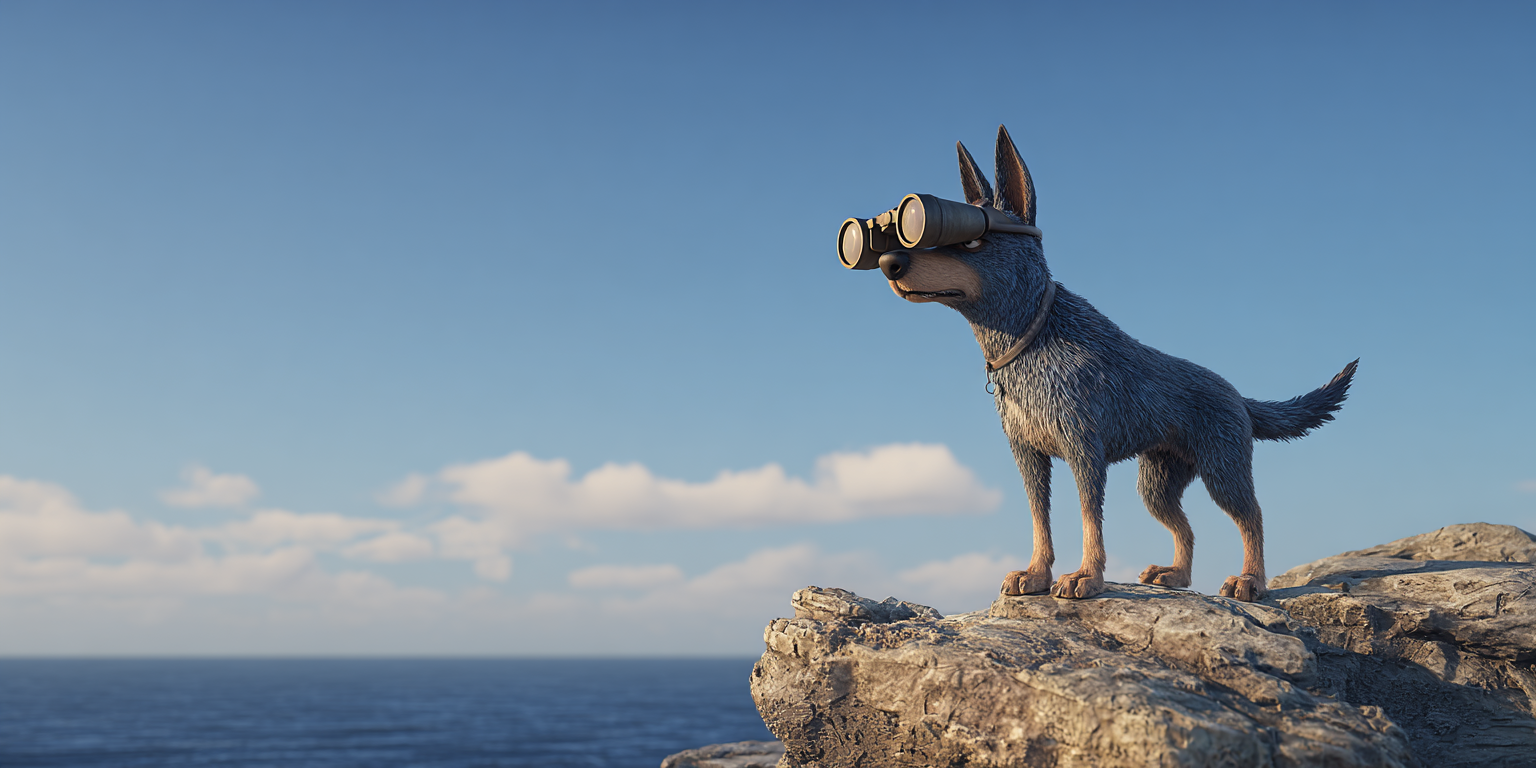
How Far Can Dogs See?
Dogs don’t have as sharp visual detail as humans.
While humans can see details clearly at 20 metres, dogs might only see the same level of detail at about 6 metres.
- Dogs are more nearsighted than humans.
- However, their motion detection is far superior—they can spot moving objects much more easily, even from a distance.
That’s why your dog barks at a moving shadow or a cyclist way down the street. They might not know what it is, but they know something is moving.
Grumpy Old Max says: “I see that squirrel three houses down. Don’t believe me? Let me bark at it for an hour straight until you believe me.”
Dogs See the World Differently Than You Think
Because dogs don’t see reds and greens clearly, the world they see is less colourful but more functional.
Imagine walking through a park:
- Grass and trees look like dull yellowish shades.
- Red flowers might appear brown or grey.
- Blue toys or objects are vibrant and easy for dogs to see.
This is why many dog training tools—like frisbees and fetch toys—are bright blue or yellow.
Dogs and Motion Detection: The Real Superpower
If you’ve ever tried sneaking a snack and wondered why your dog shows up instantly, it’s because dogs are experts at spotting motion.
Their peripheral vision is wider than ours, allowing them to see up to 250 degrees (humans only get about 180 degrees). Combine that with their ability to notice the tiniest movements, and you’ve got a furry motion detector.
Grumpy Old Max says: “Don’t even think about opening that chip packet quietly. I can hear and see everything. Especially snacks. Always snacks.”
Do Dogs Recognise Faces Like Humans?
Dogs rely more on their sense of smell and hearing than vision to identify people.
However, research shows dogs can recognise familiar faces—especially their owners.
- Dogs can distinguish between happy and angry human faces.
- They are more responsive to their owner’s face compared to strangers.
Still, if you drastically change your hairstyle or wear a mask, your dog might need a sniff or two to confirm it’s really you.
Grumpy Old Max says: “Don’t shave off that beard and expect me to just know it’s you. Give me a whiff first, then I’ll believe you.”
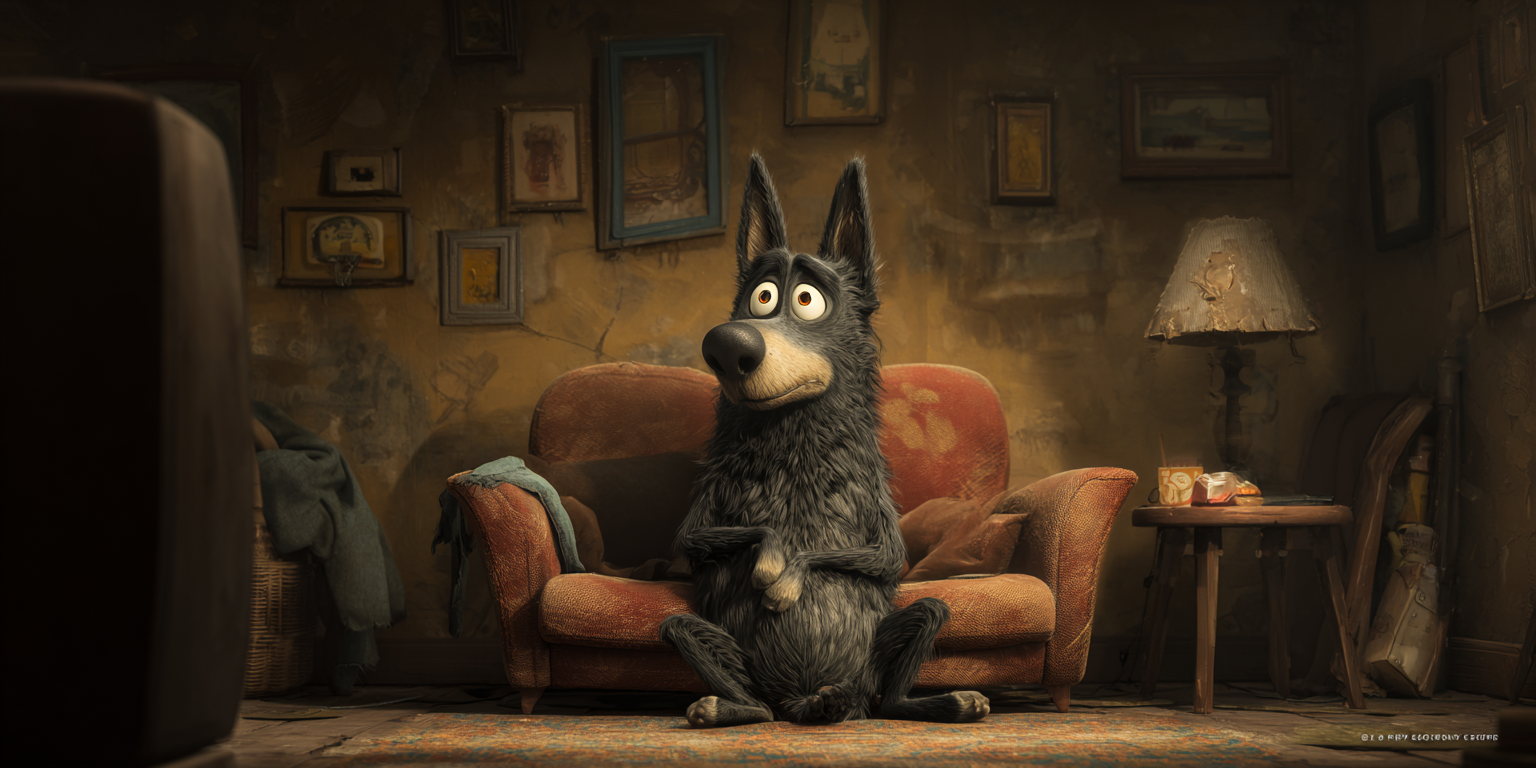
Can Dogs See TV Screens?
Yes, dogs can watch TV—but not in the same way we do. Older TVs displayed fewer frames per second, so to dogs, it looked like flickering lights. Modern TVs have higher refresh rates, so dogs can now see smoother motion on screen.
That’s why some dogs bark at animals on TV—they can actually see them moving!
Grumpy Old Max says: “Oh great, now there’s another dog in the lounge room? Wait… nope. Just a stupid TV dog. Carry on.”
Do Dogs Have Better Vision Than Humans?
It depends on the situation.
✅ Dogs are better at:
- Seeing in the dark
- Detecting motion
- Having a wider field of view
❌ Humans are better at:
- Seeing colours vividly
- Focusing on fine details
- Reading small text (but why would a dog need that anyway?)
Grumpy Old Max says: “You humans can read, good for you. But can you smell a barbecue three houses away? Didn’t think so.”
How Does Dog Vision Help Them in Daily Life?
Dogs’ eyesight evolved to support their survival as hunters:
- Night vision helped them hunt in dawn and dusk.
- Motion detection allowed them to spot prey quickly.
- Colour vision (blue and yellow) helped them see contrast in nature.
Even as our pets, these skills help dogs with activities like fetch, agility, herding, or guarding the house.
How to Choose Toys That Dogs Can See Best
Since dogs don’t see reds and greens clearly, you should choose toys that are blue or yellow.
- Best fetch toys: Bright blue or yellow balls and frisbees.
- Avoid: Red, green, or orange toys—they blend into grass or dirt for dogs.
Do Puppies See Differently?
Yes!
Puppies are born with their eyes closed. Even when they open, their vision is blurry for the first few weeks.
By 8 weeks, puppies have better vision, but their eyesight keeps improving as they grow.
Key Takeaways About Dog Vision
- Dogs are not colour blind—they see mostly blue, yellow, and grey.
- They have superior night vision compared to humans.
- They detect motion faster and have a wider field of view.
- Their vision evolved to help them hunt, protect, and survive.
Grumpy Old Max says: “So, yeah, maybe you humans can see more colours. Big whoop. I can chase stuff in the dark and hear the fridge open from two rooms away. Who’s the real winner here?”
Want to know more about your furry friend?
Check out our other articles on dog behaviour, training, and health tips, featuring none other than Grumpy Old Max—because who better to tell it like it is?

